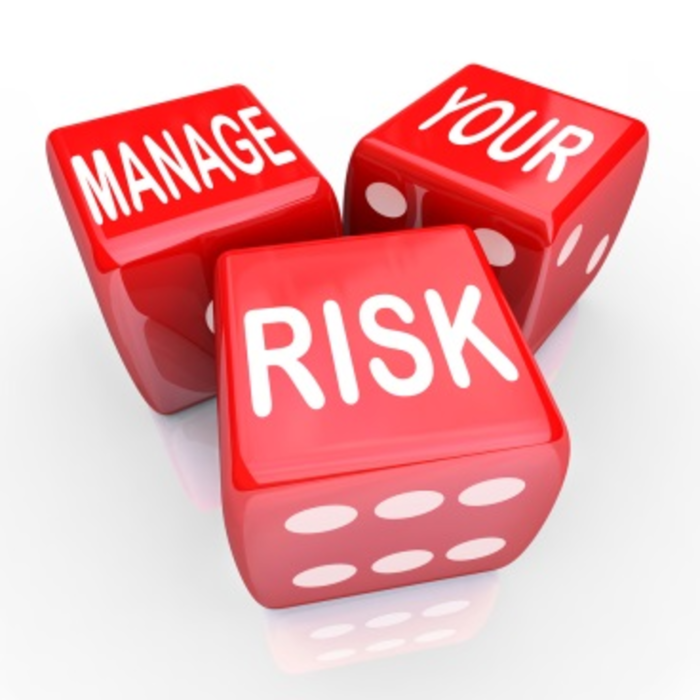A Forbes Insights study found that executives consider financial, strategic, and operational risks to be the most volatile ones companies face today, and that they anticipate this volatility to increase in the future. This unpredictability increases the importance of implementing a frequent and comprehensive risk management strategy to help anticipate issues that may impede on a campaign’s success.
Effective risk management supported by proactive, efficient, and accurate project management helps teams achieve big wins by delivering their products on-time and under-budget, as well as ensuring that projects are not impacted by unforeseen issues. Although many marketers face limited budgets and resources, implementing a strategy to identify and manage risks can be justified not only through preventing and diverting costly issues that may arise, but by also increasing efficiencies.
Covario’s project management office (PMO) has designed a process for risk management unique to digital marketing operations that leverages a real-time, automated reporting tool in order to more quickly identify risks, while spending less time resolving issues. My project management colleagues and I customize collaborative tools in order to spend more time on strategic and proactive planning, which is made feasible since there are fewer obstacles, risks, and problematic issues in our way. This same process then benefits our marketing clients because we can anticipate and resolve “fires” faster, thereby spending more time on campaign strategies and executing on quality deliverables.
The online project management tool we use is called AtTask, and it allows us to build real-time operational reports that monitor financial, strategic, and operational project-specific risks. With it, we create customizable dashboards that we analyze to support under-budget execution and on-time deliverables by calling continuous attention to project-specific risks.
One of our larger account teams recently created an AtTask dashboard that captures key project metrics for proactive risk management. Real-time monitoring of these operational elements allows our project managers to accurately discover the primary volatile risk areas in a timely manner. The operational elements that we track to do so include:
- Burn rate: Monitor financial risks by capturing the team’s burn rate through displaying projects for the current quarter by percentage of completion and expended hours and budget.
- Roadblocks: Monitor strategic risks and help overcome the daunting task of change management by frequently displaying and monitoring known roadblocks to progress, as well as highlighting late and at risk tasks.
- On-time delivery: Monitor operational and strategic risks through measuring the team’s rate of delivering products to clients by tracking late and on time tasks to help prevent short-term setbacks, which greatly reduces the risk of long-term, strategic failure.
- Gaps: Monitor operational risks by identifying the gaps in progress that teams face, such as the inability to change together or the lack of resources to effectively get the job done, by assigning frequent tasks to projects that address all possible areas of work and then by monitoring their assignments and completion statuses daily.
For campaigns that are international in nature, continuously monitoring these operational elements allows project managers to anticipate hurdles in a timely manner no matter the time zone in which they arise. In return, benefits are gained by not only ensuring successful execution of operations around the globe, but by increasing the value to the team through increased operational efficiencies.
The Forbes study also mentioned that amidst the volatility of risks today, the majority of current risk management systems do not effectively mitigate risks due to their periodic nature of tracking risks on a monthly, quarterly, biannual, or annual basis. Although continuous risk monitoring may seem costly, leveraging technology as the tool to implement continuous risk monitoring is thought to result with increased efficiencies and decreased costs with regards to risk management.
A consistent process for monitoring risks and issues through real-time and automated reporting that identifies key gaps in performance is at the cutting edge of the risk management processes in today’s fast-paced digital marketing arena. Automating this process requires smart customization that can adhere to marketer-specific projects that shift deadlines, scopes, and budgets, and that can manage and address the dynamic characteristics of a global resource pool that contributes to project progress at all hours of the day and night. This fluid environment requires PMOs to adopt processes that maximize flexibility towards anticipating hurdles, while ensuring tight alignment to budgets and goals.
Elysha Decker is associate project manager at Covario.








